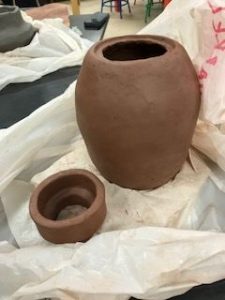Pineapple
As I am researching pineapple, I found that the fruit is indigenous to South America. It is said to originate from the area between southern Brazil and Paraguay, which later spread throughout South America, and it eventually reached the Caribbean, Central America, and Mexico, where it was cultivated by the Mayas and the Aztecs. Later, in 1493, Columbus encountered the pineapple in 1493 on the leeward island of Guadeloupe. He brought it back with him to Spain, which later the Spanish introduced it into the Philippines, Hawaii, Zimbabwe, and Guam. Also, the Portuguese took the fruit from Brazil and introduced it into India by 1550. Pineapples became a symbol of wealth due to the expense of direct import and the enormous cost and labor to grow them. Examples:
- In England, the Chelsea Physic Garden had been built to grow pineapple in 1723.
- In France, King Louis XV was presented with a pineapple that had been grown at Versailles in 1733.
- In Russia, Catherine the Great ate pineapples grown on her own estates before her death in 1796.
I found it is interesting to make a pineapple because of its rare shape. The pattern and the connection of the body and top part make the object into one. My plan is to use coiling methods for the body part of the pineapple because it is easier to make for its round shape. After the coiling part is finish, I use a paddle to even out the shape so it is balance from all size. For the top part of the pineapple, I decided to use slab to make a cylinder. Afterward, I will use tools to carve the design of the leaves out of it. I understand that the time and clay dryness will be the main problem for the top part in order to prevent cracks. Lastly, I will add texture to the body part.
Current Progress:


